Mammalwatching and conservation
How can we strengthen mammalwatching’s conservation benefits and minimise the harm? Mammalwatching mostly has a positive impact on mammal conservation. It brings revenue to areas where there are often few other sources of income, and there are more and more examples where tourism – driven by interest in a particular mammal or group of mammals – has spurred local conservation efforts.
Equally, it is inescapable that traveling and tourism has its drawbacks and can have a negative influence on ecosystems and their wildlife. Plane travel releases significant amounts of carbon dioxide, while infrastructure such as roads and lodges carry their own ecological penalty. While in many cases tourism revenue benefits local communities, in others most of the profits are captured by a handful of wealthy businesses or sequestered by government agencies. Successful ecotourism can also lead to immigration that puts more pressure on the local wildlife, while in the extreme, local communities can end up being displaced from their land in the name of conservation.
All mammalwatchers are (or should be) interested in not only reducing their impact on the wildlife and wild places that they visit, but also in positively affecting those areas. Responsible mammalwatching can be a powerful force for conservation good and here are some examples of how mammalwatching can provide positive benefits.
a) Finding new mammalwatching sites and sharing information to promote these areas.
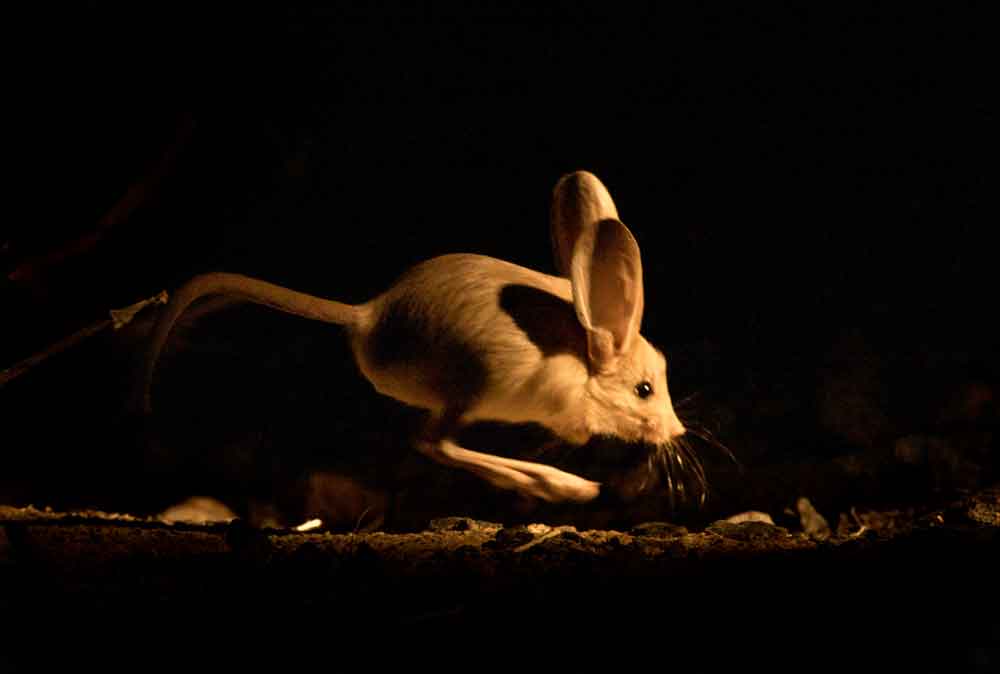
Mammalwatching has changed dramatically with the internet. In the 20th Century information on good mammalwatching locations was typically available only to relatively few people, often through scientific papers or magazine articles. But the web opened this information up to everybody with an interest in the hobby. Since 2005 this website has shared thousands of trip reports about how and where to see mammals around the world. Community members will often closely follow the itineraries established by previous visitors, which can lead to regular visits to sites. Places like Marrick Farm in South Africa (popular as a site for Black-footed Cats, Aardvark and Aardwolf) and Deramakot Forest Reserve in Borneo (popular as a place to look for Clouded Leopards and Sun Bears) are now well-known spots for wildlife related tourism. While Sri Lanka, Hungary, Mongolia and Gabon are among the many countries that now receive regular mammalwatching tours as a result of promotion on the website. Central to this has been the sharing of information, and we encourage people to continue sending in trip reports, even for areas that have been well visited or for trips that failed to find their main mammal targets. We can often learn as much from trips that failed as those that succeeded!
b) Bringing income to sites
Wildlife tourism is a large and growing industry around the world and, while the relationship may not always be linear, there is a clear connection between tourism revenue (and the job opportunities it provides), and the willingness of a country or community to protect an area or the wildlife in it. In some countries, like Tanzania and Kenya, tourism based primarily around mammalwatching is a major contributor to GDP, and has led to the establishment of large National Park and community conservation networks. Jaguar watching in the Pantanal in Brazil, has grown over the past 15 years from a tiny niche market to a significant industry bringing in substantial revenue to land-owners and small communities. Some ranchers now earn considerably more money from Jaguar-related tourism than from cattle, and so the emphasis has switched from shooting jaguars on sight to protecting them. It is unsurprising that this has led to an increase in Jaguar numbers in the area. The story about Puma ecotourism in Patagonia is similar. At a smaller scale, lodges on the slopes of Mount Kenya have since 2021 taken to promoting sightings of Crested Rats as more mammalwatchers visit to find them, while some hotels near India’s Singalila National Park derive much of their business from people visiting to view wild Red Pandas.
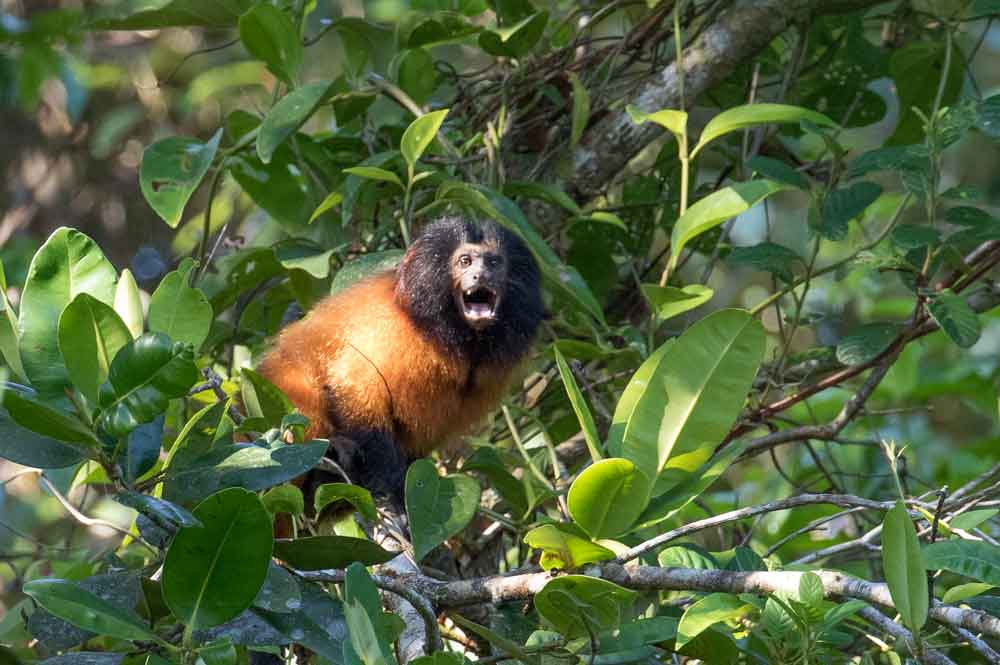
Mammalwatchers are encouraged to hire local guides and to stay at locally owned accommodation to help promote the local conservation of the species they are trying to find. While benefits from mammalwatching may accrue to only a relatively small number of people in a community, having a ‘local champion’ to encourage the conservation of a species can make the difference between the species surviving locally or not. And the financial gains do not always need to be large; sometimes just the fact that outsiders are interested in a local species can lead to local pride which turns into protection for that species.
While some places that mammalwatchers currently visit may only have one or two – sometimes no – tour operators available to lead trips, in other countries such as in South and East Africa and India there can be many operators to choose from. Some tour operators are much more conservation-minded than others, and place long-term sustainability of conservation areas and the wildlife in them above short-term profits. Mammalwatching.com will be providing information on which tour operators have strong reputations for conservation and community engagement and encourage mammalwatchers to factor this into their decision-making when selecting an operator.
More information on how to make our travel more ethical and sustainable.
Ideas for how to help support a great local guide.
c) Supporting conservation endeavours
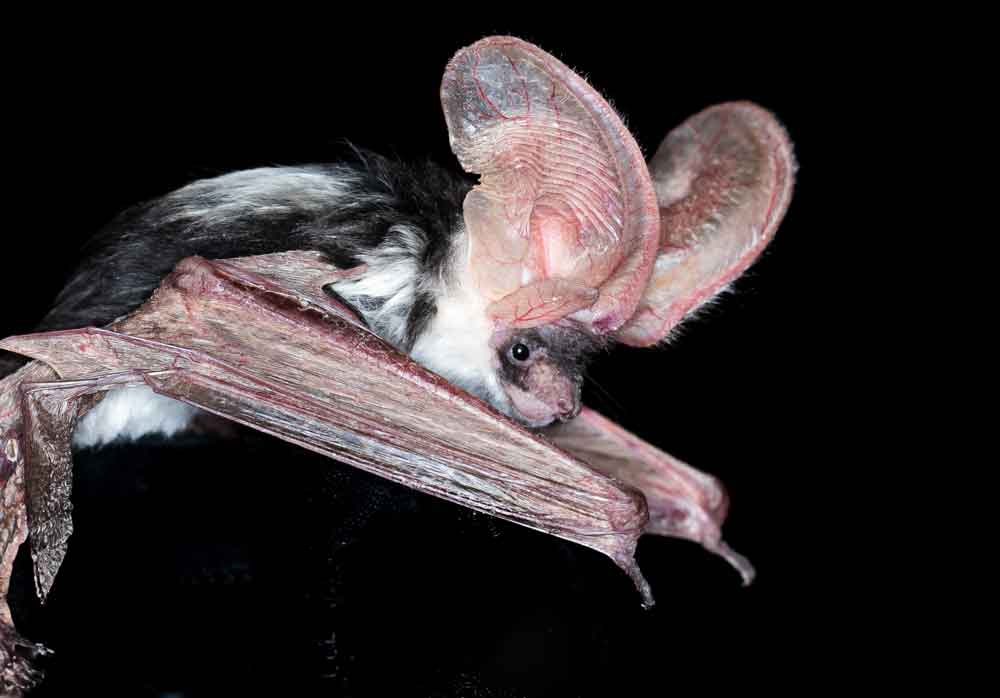
Many mammalwatchers are interested in supporting conservation projects in the field. In some cases visits by mammalwatchers directly funds research projects, such as Mandrill research in Lope National Park in Gabon, oe Spectacled bear research in the Andes of Ecuador. However, in many areas there may be no research or conservation projects to engage with or to support. Alternatively, if there are projects in an area, it can be hard to know which ones are having a strong impact on the ground. Given that most mammalwatchers don’t have time (or perhaps the expertise) to evaluate different conservation projects, at the inaugural mammalwatching meeting in Spain in October 2022 we decided that the site should help identify and promote a few excellent conservation projects across the world. These will be highlighted on the conservation page and updated regularly, with guidance on how to provide support if people are interested.
Some tour operators have their own NGOs or projects that they support, and again we encourage people to consider making donations to those projects when traveling with those companies.
Local guides also play a vital role. Ideas for how to help support a great local guide.
d) Offsetting our Carbon impact
Many mammalwatchers travel a lot, frequently flying large distances and creating a sizeable carbon footprint. While travelling less or using less polluting forms of transport would be optimal, mammalwatchers should regardless be looking for ways of reducing their impact on their environment. Carbon offsetting is one way to reduce that impact. The principle is simple: carbon dioxide has the same impact on the climate no matter where and how it is emitted and so if a tonne of carbon dioxide can be absorbed from the atmosphere in one part of the world it should cancel out a tonne of the gas released somewhere else. Trees, of course, absorb carbon dioxide from the air as they grow, and so forests are important biggest carbon sinks. So, in theory, individuals can cancel out the impact of their emissions by investing in projects that preserve forests or plant trees, thereby reducing atmospheric CO2.The REDD+ (Reducing Emissions from Deforestation and Degradation) scheme aims to provide communities or governments that own forests with an alternative to logging, by allowing them to raise funds by keeping forests intact.
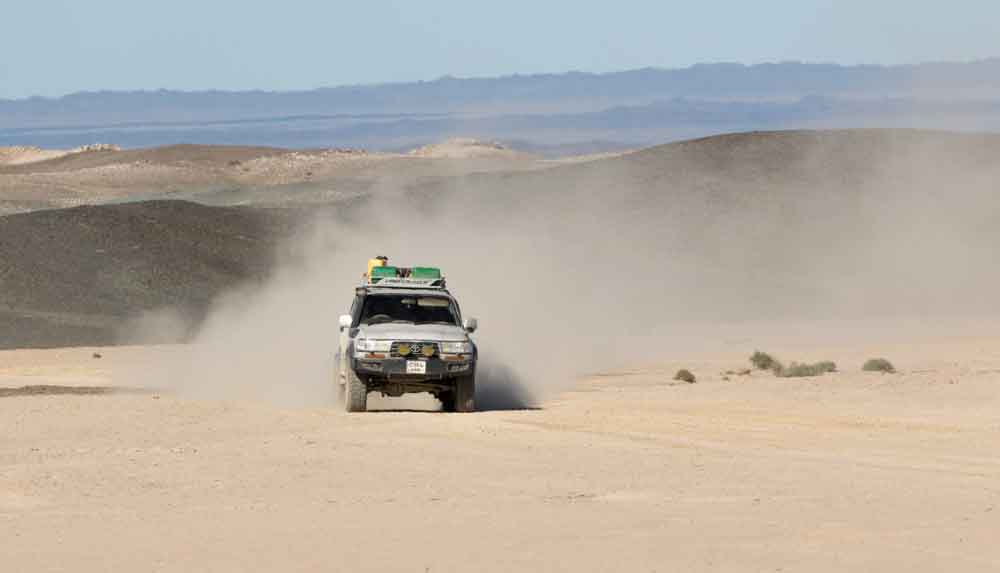
We encourage mammalwatchers to offset the carbon impact of their trips by contributing to forest preservation programs in the country or continent that they are visiting. Information on how to calculate the emissions from a trip and where to offset them.
e) Providing data on mammal sightings
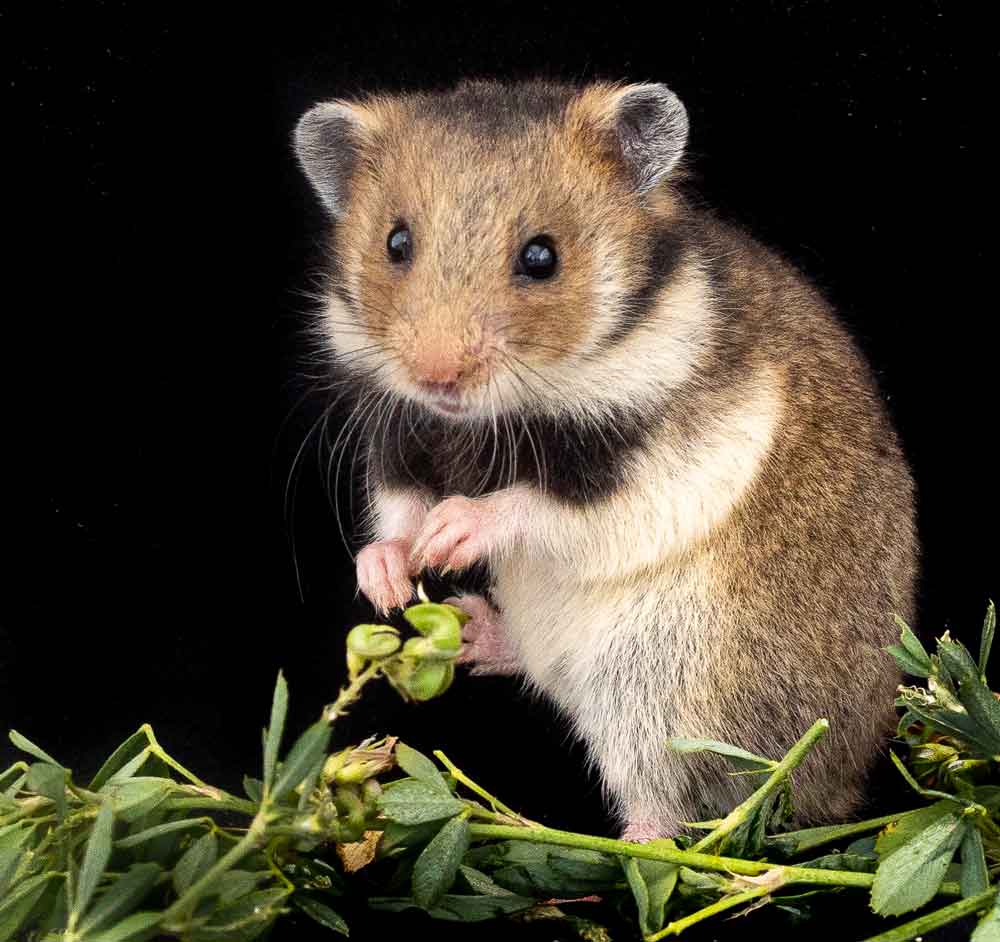
There are ever increasing numbers of mammalwatchers visiting remote, often difficult to reach locations around the world. Many of these areas have been poorly surveyed. Due to the very nature of our hobby, many mammalwatchers are good observers, frequently photograph our sightings, and like search at night when many of the more cryptic and less known mammal species are active. Sight records collected by mammalwatchers have provided information on species range extensions, new country records, and the rediscovery of “lost” species, as well as unique behaviours of different mammals, with several publications in IUCN species specialist group journals and newsletters. Mammalwatchers can continue to make an ever bigger contribution to our knowledge of the distribution and status of mammal species globally by submitting interesting sightings either directly to IUCN Species Survival Comission groups, or to databases such as iNaturalist, Observado and iGoTerra which collate and verify information and share it with widely used databases such as the Global Biodiversity Information Facility.
Resources
With rare mammal tourism, observing means conserving. A 2024 op-ed from Charles Foley and Jon Hall, published on Mongabay.
A Mammalwatcher’s Code of Conduct. Mammalwatching can be an important force for conservation good. But it can also disturb or even harm wildlife. This code of conduct tries to maximise the good we do and minimize the harm.
Offset your Carbon emissions. Travel produces greenhouse gases. The good news is that there are ways to quickly and simply offset the emissions from a trip and help mammals in the process.
Travel more sustainably. We might want our travel to help – not hurt – the environment, and to use ethical tour operators and responsible guides. Where can you get information to help inform your choices and do the right thing?
Helping your local guide. If you have travelled in search of mammals, the chances are you will have used local guides. Some of them are exceptional naturalists and play a vital role for conservation. How can we support them?
An article from the United Nations about why mammalwatching is important for conservation.


